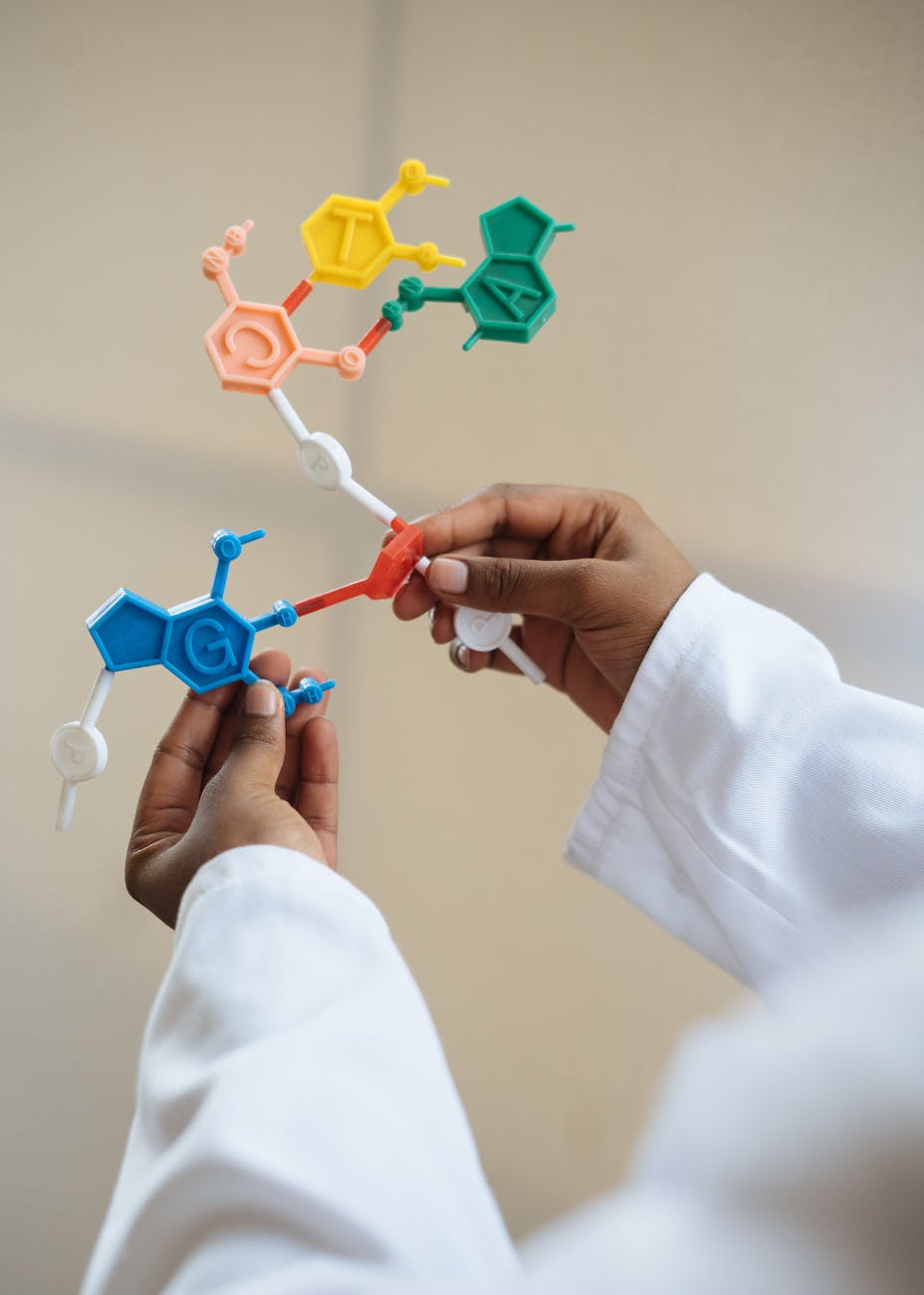When reviewing a new business idea, the first question you will hear from me is; What’s the business model for this?
The evolution of agri-food business models over the last three hundred years has been influenced by a diverse number of factors, including technological advancements, socio-economic changes, environmental concerns, and shifts in consumer preferences. Here’s an overview of the evolution of agri-food business models, taken from a UK/USA perspective, along with dates and their implications for consumer offerings:
1. Pre-Industrial Era (Before the 18th century)
- Model: Subsistence Farming
- Consumer Offering: Limited variety, primarily locally-produced food.
- Description: Most agriculture was subsistence-based, with farmers producing just enough food for their families with little left for trade.
2. Industrial Revolution (Late 18th to Early 19th century)
- Model: Mechanized Farming
- Consumer Offering: Increased food production, introduction of canned and processed foods.
- Description: The advent of machinery like the cotton gin and mechanical seeders revolutionized farming, leading to increased production. The first canning processes were also developed, allowing for longer shelf life.
3. Early 20th Century (1900s-1950s)
- Model: Industrial Agriculture & Cooperatives
- Consumer Offering: More diverse food products, introduction of branded goods, and improved distribution.
- Description: The rise of industrial agriculture led to the mass production of crops. Farmers began forming cooperatives to pool resources and gain better market access.
4. Green Revolution (1960s-1970s)
- Model: Intensive Farming
- Consumer Offering: Abundance of staple foods at lower prices.
- Description: New agricultural technologies, including high-yielding varieties of crops, synthetic fertilizers, and pesticides, led to a significant increase in food production globally.
5. Late 20th Century (1980s-1990s)
- Model: Global Supply Chains & Supermarkets
- Consumer Offering: Wide variety of foods available year-round, including exotic and off-season products.
- Description: Advances in transportation and refrigeration allowed for the development of global food supply chains. Supermarkets became dominant, offering a vast array of products from around the world.
6. Early 21st Century (2000s-Present)
- Model: Organic & Sustainable Farming, Direct-to-Consumer, and E-commerce
- Consumer Offering: Healthier, organic, and locally-sourced options, convenience of online shopping, and farm-to-table experiences.
- Description: Growing environmental and health concerns led to a surge in organic and sustainable farming. Direct-to-consumer models, like farmers’ markets and CSA (Community Supported Agriculture), became popular. E-commerce platforms also emerged, offering home deliveries and subscription boxes.
7. Present and Beyond (2020s and onwards)
- Model: Precision Agriculture, Vertical Farming, and AgriTech Startups
- Consumer Offering: Personalized nutrition, traceability, and transparency in food sourcing, and innovative food products.
- Description: Technological advancements, such as drones, IoT, and AI, are being integrated into agriculture. Vertical farming in urban areas and lab-grown meats are becoming realities. AgriTech startups are innovating at every step of the food value chain, from farm to fork.
In summary, the evolution of agri-food business models has been marked by continuous innovation and adaptation to changing circumstances. As a result, consumers today have access to a diverse range of food products, sourced from all over the world, with increasing emphasis on sustainability, health, and convenience.
Today’s Agri-Food Business Models
Agri-food business models as stated above have evolved over time, reflecting changes in technology, consumer preferences, and global trade dynamics. So lets now review the current business models used in the Agri-food business chains.
1, Traditional Agri-Food Business Models
- Family Farms: Historically, family farms are still dominate in the agricultural landscape. These models prioritized self-sufficiency and local trade (Smith, A. 1990).
- Cooperatives: Cooperatives emerged as a way for farmers to pool resources and gain better market access (Johnson, R. 2005) and still widely used across the world.
2. Modern Agri-Food Business Models
- Vertical Integration: This model involves controlling multiple stages of the supply chain, from production to retail. It offers economies of scale and scope but can lead to monopolistic practices (Brown, L. 2010). This is seen in many food types from Chocolate to Milk to Meat.
- Direct-to-Consumer Models: With the rise of technology, many farmers now sell directly to consumers through online platforms or farmers’ markets, bypassing traditional intermediaries (Taylor, M. 2015). This was highlighted in this Blog.
- Sustainable and Organic Farming: Consumer demand for organic and sustainably-produced food has led to business models that prioritize environmental and social responsibility (Green, T. 2017).
3. Challenges and Opportunities
- Globalization: Global trade has opened up new markets but also brought about challenges like price volatility and competition (White, P. 2012) which has since been exposed through Covid-19 and the Russia-Ukraine War.
- Technology: Innovations like precision agriculture and blockchain are revolutionizing agri-food business models, offering efficiency gains but also requiring significant investments (Davis, K. 2018). Take a look at this blog on technology is part of the creative distruption.
- Regulations: Governments worldwide are implementing policies that impact agri-food businesses, from subsidies to sustainability standards (Lee, S. 2019).
The agri-food sector is dynamic, with business models continuously evolving in response to external pressures and opportunities. Future research should focus on the interplay between technology, sustainability, and global trade dynamics.
References
- Smith, A. (1990). The Evolution of Family Farms in the 20th Century. Agricultural History Journal.
- Johnson, R. (2005). Cooperatives in Agriculture: Benefits and Challenges. Cooperative Quarterly.
- Brown, L. (2010). Vertical Integration in the Agri-Food Sector. Food Policy Review.
- Taylor, M. (2015). Direct-to-Consumer Sales in the Modern Era. Journal of Agricultural Economics.
- Green, T. (2017). Sustainable Farming: Business Models and Practices. Environmental Agriculture Review.
- White, P. (2012). Globalization and its Impact on Agri-Food Systems. Global Trade Journal.
- Davis, K. (2018). Technology in Agriculture: Trends and Implications. TechAgri Journal.
- Lee, S. (2019). Regulatory Challenges in the Agri-Food Sector. Food Policy Digest.



